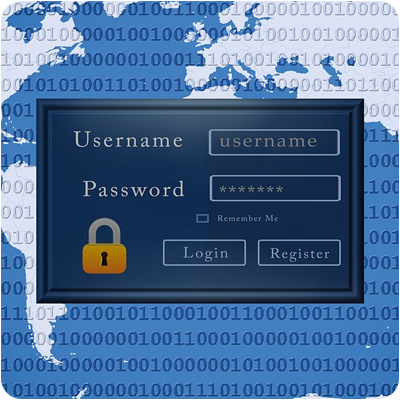Het arrangement Thema Internet - hv3 is gemaakt met Wikiwijs van Kennisnet. Wikiwijs is hét onderwijsplatform waar je leermiddelen zoekt, maakt en deelt.
- Auteur
- Laatst gewijzigd
- 11-05-2025 09:47:11
- Licentie
-
Dit lesmateriaal is gepubliceerd onder de Creative Commons Naamsvermelding 4.0 Internationale licentie. Dit houdt in dat je onder de voorwaarde van naamsvermelding vrij bent om:
- het werk te delen - te kopiëren, te verspreiden en door te geven via elk medium of bestandsformaat
- het werk te bewerken - te remixen, te veranderen en afgeleide werken te maken
- voor alle doeleinden, inclusief commerciële doeleinden.
Meer informatie over de CC Naamsvermelding 4.0 Internationale licentie.
Aanvullende informatie over dit lesmateriaal
Van dit lesmateriaal is de volgende aanvullende informatie beschikbaar:
- Toelichting
- Dit thema valt onder de arrangeerbare leerlijn van de Stercollecties voor Engels voor havo en vwo, leerjaar 3. Dit is thema 6 'Internet'. Het gaat over computers, technologie, internetverslaving en internettrollen. Het thema omvat de volgende onderwerpen: Computers, Women and computers, 24/7 Online en Being trolled. De grammatica binnen dit thema omvat 'negations and questions', negative imperative and never, double negatives and 'any' words en 'no' words and 'neither ..... nor'.
- Leerniveau
- HAVO 3; VWO 3;
- Leerinhoud en doelen
- Engels;
- Eindgebruiker
- leerling/student
- Moeilijkheidsgraad
- gemiddeld
- Studiebelasting
- 9 uur 30 minuten
- Trefwoorden
- 24/7 online, arrangeerbaar, being trolled, computers, engels, hv3, internet, negatives, stercollectie, women and computers
Gebruikte Wikiwijs Arrangementen
VO-content - Gereedschapskist. (2019).
Gereedschapskist activerende werkvormen
https://maken.wikiwijs.nl/105906/Gereedschapskist_activerende_werkvormen
VO-content - Toetsen. (z.d.).
Engels Eindtoetsen vmbo-kgt34
https://maken.wikiwijs.nl/157914/Engels_Eindtoetsen_vmbo_kgt34
VO-content Engels. (2020).
Thema Internet - kgt34

 Welcome to the next theme of English
Welcome to the next theme of English
 In this theme you will focus on the following 'can do' statements.
In this theme you will focus on the following 'can do' statements. At the end of this theme you can listen, read texts, speak and write about the Internet.
At the end of this theme you can listen, read texts, speak and write about the Internet. Below are the four lessons that belong to this topic.
Below are the four lessons that belong to this topic.


 Passwords
Passwords 





 At the end of each lesson you answered evaluation questions. Use these answers to answer the following questions:
At the end of each lesson you answered evaluation questions. Use these answers to answer the following questions: